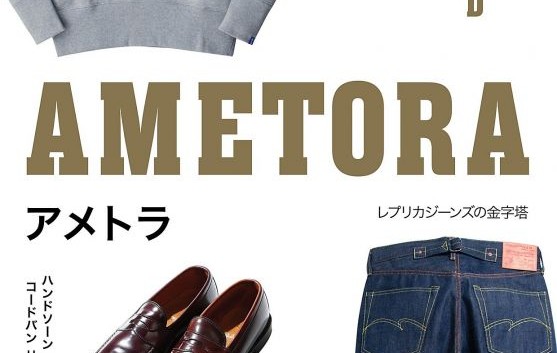San Francisco Chronicle – February 12, 2016 – In his erudite and charming new book, “True Style: The History and Principles of Classic Menswear” (Basic Books, $26.99), men’s fashion expert G. Bruce Boyer opines: “Ivy style remains the most enduring genre of American dress, from its early-twentieth-century origins to its evolving incarnations today.”
Enduring as Ivy style is — hard to get more essential than a white Oxford shirt and rep tie — a new San Francisco clothing company has a serious bone to pick with contemporary campus style. According to Hillflint founders John Shi and Woody Hines, it’s time to ditch your oversized JanSport college sweatshirt and upgrade to what they call their “post-prep version of prep.”
Founded in 2014, Hillflint’s bread and butter is officially licensed collegiate sweaters in merino wool and cotton that Hines says “are worthy of the pride you actually feel for your school.”
I’ve long lamented just how crummy the campus gear is at my alma mater — Amherst College, a onetime bastion of Ivy style — now a riot of mesh shorts, sweatshirts, lanyards and Vineyard Vines ties. To look at today’s campus store, you’d rightly think that students’ sartorial ambitions don’t extend beyond the elliptical machine.
The antidote to drab dorm duds is Hillflint’s heritage line, a single colored sweater with the first letter of the school in its secondary color. The heritage sweaters range between $75 and $95 and are just the kind of thing that Bobby Kennedy would wear to the homecoming game.
Hillflint’s Stadium line is built less for the library than the grandstand. Sporty and a tick kitschier than the Heritage stuff, they remind me of the sweaters Chicago Bears coach Mike Ditka wore beneath his suits in the 1980s.
All told, Hillflint carries sweaters for 85 schools, ranging well past the eight Ivies to include the likes of Florida, Army, Texas A&M, and the odd fraternity and sorority. Stanford is the only Bay Area university represented, but plans to start making UC sweaters are in the works.
Hines and Shi, Princeton and Dartmouth grads, respectively, saw an enormous market in collegiate logo apparel that had a rich history but not a lot of panache. And considering that a pair of 26-year-olds had cut their teeth in both the business and style worlds —their early resumes include stints with investment firm Bridgewater Associates, Amazon and running a style blog — they were uniquely placed to start swapping sagging hoodies for trim sweaters in classic designs.
Shi actually planted the seeds for Hillflint by solving his own problem. He made a crop of Dartmouth 2012 sweaters for his friends. “People really liked them,” he recalled. “Forty percent of the class ponied up $70 for the sweater.”
His inspiration for the Dartmouth 2012 sweater was the book “Take Ivy,” a 1965 exploration of Ivy League style by Japanese photographer Teruyoshi Hayashida that has become a Rosetta stone for understanding collegiate style at midcentury. More specifically, his inspiration was Dartmouth soccer player Ed Heald who was photographed for the book in a green sweater with his graduation year emblazoned across the front in white block numbers.
Shi reached out to Heald to learn more about the garment, even getting to see it in person. “I wanted to capture the essence of that sweater, but update it as a piece of contemporary knitwear,” Shi said.
“Ivy obviously takes its legitimacy from nostalgia for an older, more genteel American culture when men dressed up for classes,” writer W. David Marx told me via e-mail. “But at the same time, the style always had a great balance of propriety (jackets, ties, leather shoes) and casual nonchalance (soft oxford shirts, holes in sweaters).”
Marx’s new book, “Ametora: How Japan Saved American Style” (Basic Books, $27.99), offers a compelling look at Japan’s 20th century embrace, internalization, perfection and ultimate export of American style. Of special interest is the story of Ivy League style’s stranglehold on Japanese youth fashion in the 1950s and ’60s. What was essentially the conservative dress of white college kids became a rebellious style move for teens halfway around the world. Marx tells the tale engagingly, and you’d be wise to put “Ametora“ at the top of your 2016 style reading list.
What does Marx make of Hillflint? “I think (they have) a great idea. I was just at the Harvard Coop and everything feels really cheaply made.”

